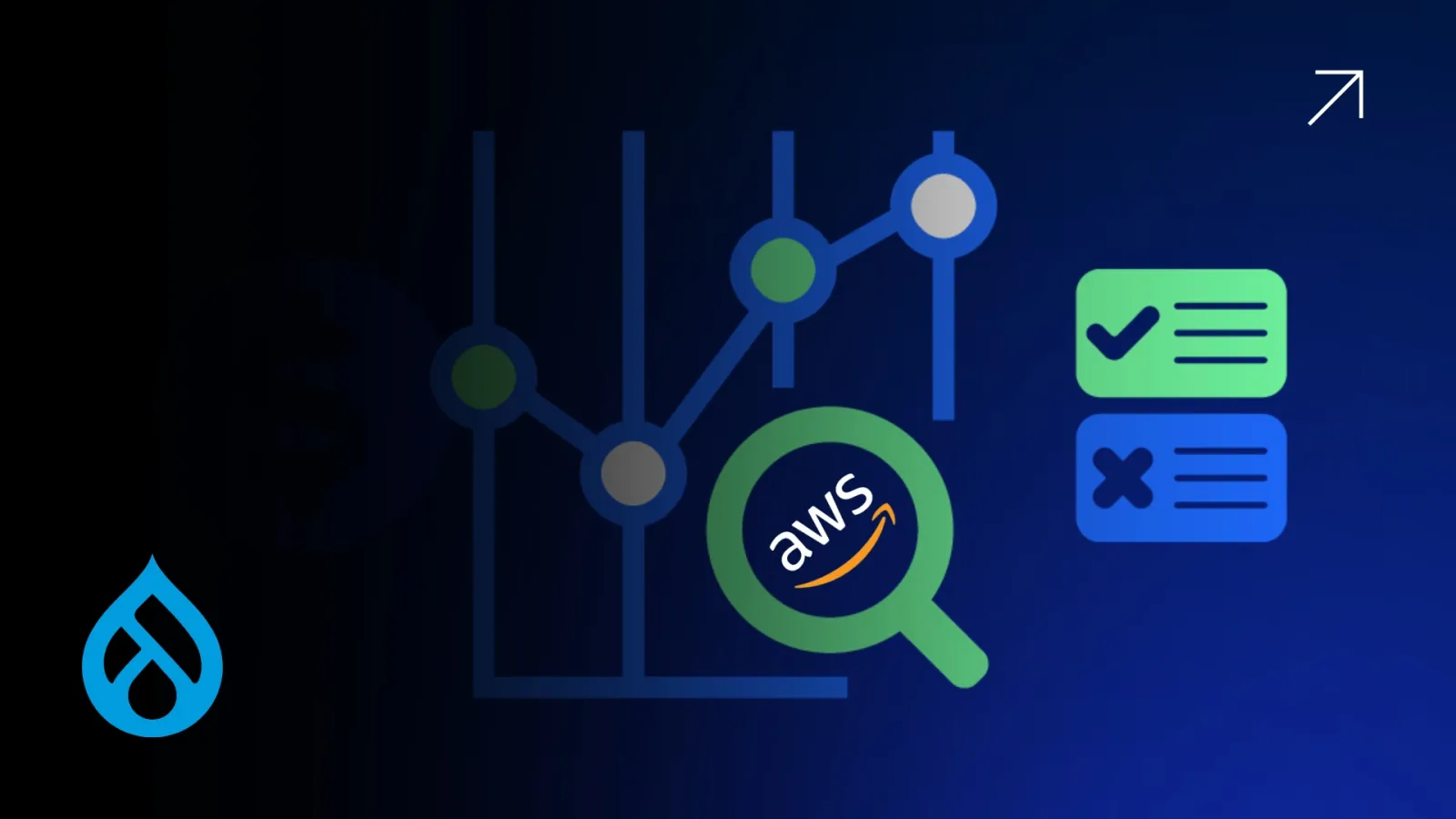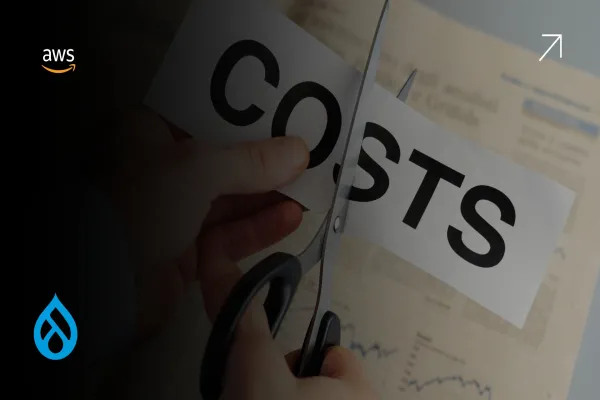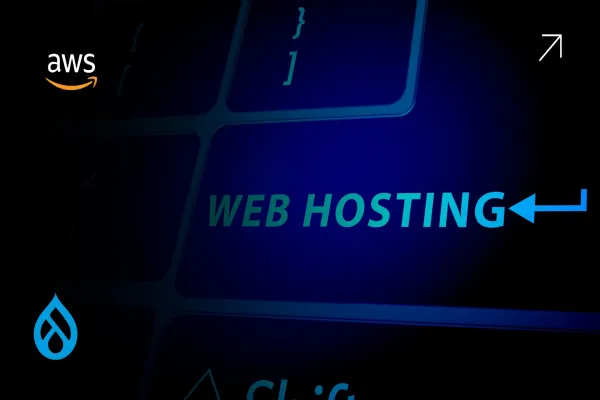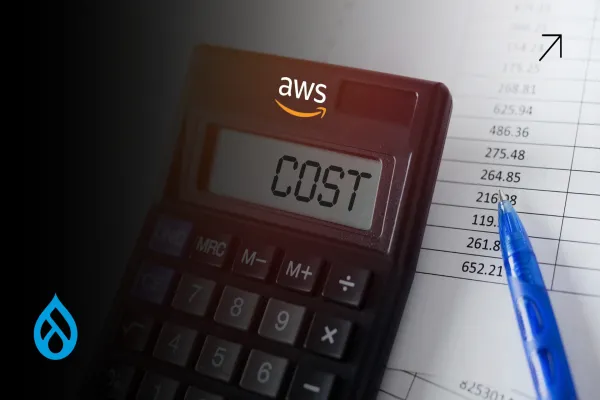If you're running an AWS Drupal setup for your website, chances are you've wondered at some point why your monthly bills are climbing higher than expected. AWS is powerful, no doubt. But when it comes to hosting a Drupal website, the costs can quickly spiral if not managed carefully.
This article will walk you through seven practical, no-nonsense ways to cut AWS costs for your Drupal website; starting today. Just real ways to save money while keeping your site fast, secure, and scalable.
Know What You’re Paying For
It sounds obvious, but many AWS Drupal setups suffer from what we call "cloud sprawl." Services are provisioned and then forgotten. Start by going to the AWS Cost Explorer. See where your spend is going. Is your EC2 usage higher than necessary? Are you paying for unused EBS volumes? Even idle instances can drain your budget.
This is the cleanup stage. Deleting unused resources is like decluttering your digital closet; you won’t believe how much lighter your bill feels once you do it.
Choose the Right EC2 Instance Type
Most Drupal websites don’t need powerful compute-heavy instances 24/7. In fact, general-purpose instances like t4g or t3.medium are often more than enough for typical workloads.
Evaluate your traffic patterns. If your AWS Drupal site gets more visitors on weekends, you don’t need to run the same instance size all week long. With a little tuning, you can right-size your EC2 setup to match demand.
Use Auto Scaling (Yes, Even for Drupal)
Many people think Drupal websites aren’t “auto-scalable,” but that’s not true. With the right configuration, you can set up auto scaling groups on AWS so that your site automatically adds or removes EC2 instances based on real-time traffic.
This means you're not paying for capacity you don't need. You only scale up when your Drupal website actually needs it, like during a product launch, a big blog post, or peak event traffic.
Store Smartly with S3 and CloudFront
Instead of serving every image or static file from your EC2 server, move those assets to S3. It's cheaper, more reliable, and offloads your compute resources. Combine this with CloudFront, AWS’s CDN, and you’re not just saving money; you're making your site faster worldwide.
Many Drupal sites still store media and public files locally. That’s a money leak. Shifting to S3 and CloudFront is one of the easiest AWS Drupal cost-saving wins.
Use Reserved Instances or Savings Plans
If you know your Drupal website is going to be around for a while, and most are, then buying Reserved Instances or signing up for a Savings Plan can cut your EC2 costs by up to 72%.
This is especially useful for predictable workloads. For instance, if you know your CMS backend is always going to be running, reserve it. It’s the cloud version of buying in bulk.
Optimize Your Database Costs
Drupal relies heavily on its database. Most sites use RDS (usually MySQL or PostgreSQL) to manage content. But overprovisioning here is common; many AWS Drupal projects pay for more database horsepower than needed.
Look at metrics like CPU utilization and query performance. If your database runs under 20% utilization, it’s a signal to scale down. Also, consider using Aurora Serverless for workloads that don’t need constant uptime. It pauses when idle and saves money automatically.
Turn on Monitoring and Set Budgets
Finally, it’s impossible to control what you don’t track. AWS lets you set budgets, alerts, and even automatic actions when spend exceeds thresholds. For AWS Drupal sites, this is invaluable. Maybe a backup script ran wild, or a new module triggered excessive logging.
With CloudWatch and Cost Anomaly Detection, you can catch cost spikes before they get out of hand. Don’t wait until you see a $900 bill to realize something went wrong.
Running your Drupal site on AWS doesn’t have to mean unpredictable bills. By being intentional about your architecture and usage, you can run a fast, reliable AWS Drupal website without burning through your cloud budget.
The key is to keep things simple: Know what you’re using, only pay for what you need, and automate wherever possible. The beauty of the cloud is flexibility. But with that flexibility comes responsibility and opportunity.
Take even three of these actions today, and you'll feel the difference next billing cycle. Your AWS bill will be leaner, your Drupal site just as strong, and your CFO a lot happier.





